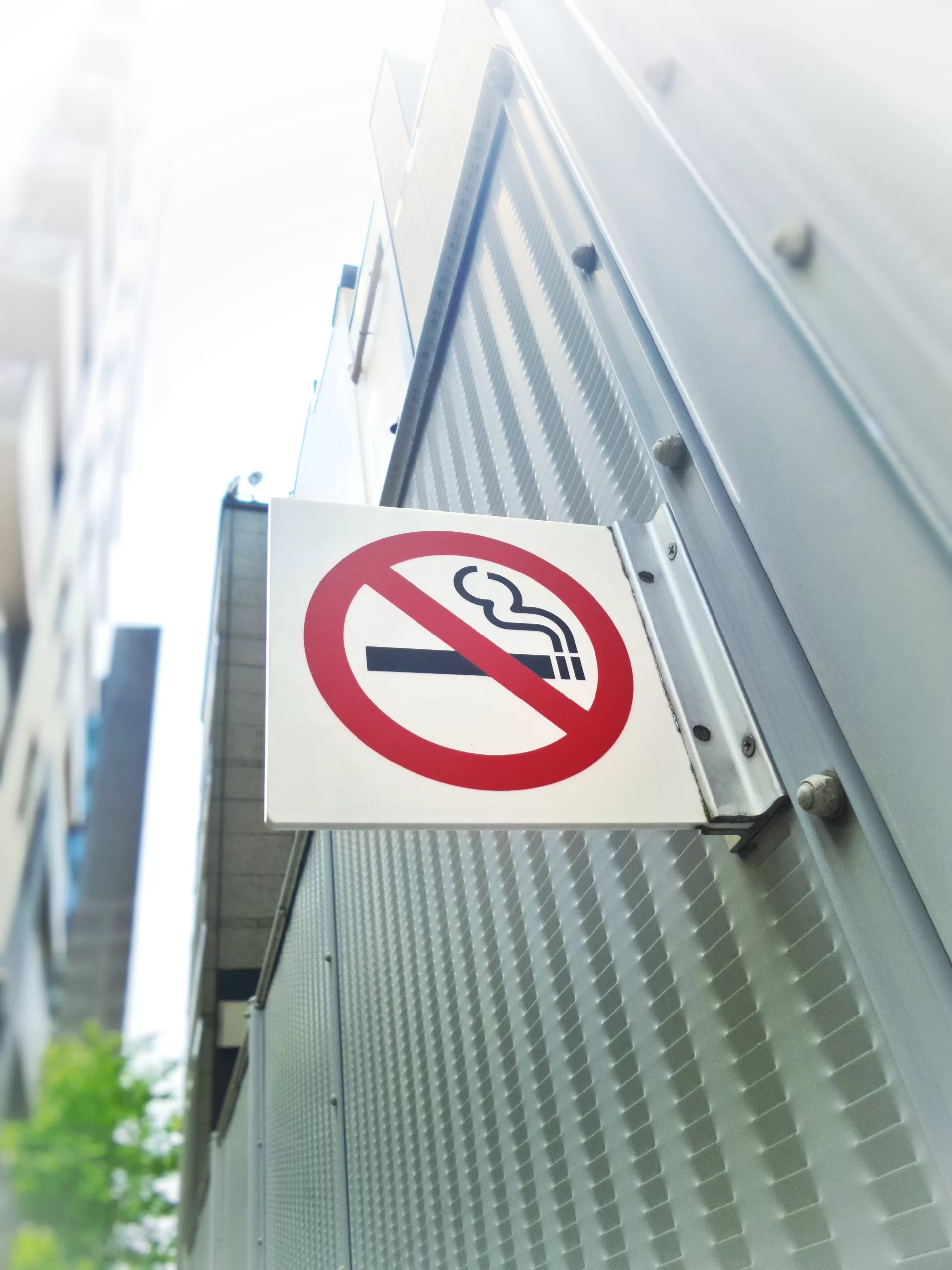When explaining the history of vaping and how the e-cigarette evolved from a relatively niche aid to willpower to one of the most common smoking cessation products bought from a dedicated vape supplier, one of the biggest turning points is the smoking ban.
Whilst it is not illegal to buy cigarettes or smoke them in authorised locations, outside and in your own home, since 1st July 2007, the Health Act 2006 has made it illegal to smoke in almost all public places.
Prior to this, it was common for pubs, bars and restaurants to have either a smoking room or, more commonly, a smoke-free room instead, with the remainder of the premises filled with plumes of smoke from several dozen cigarettes.
At the time, whilst evidence of the harm of cigarettes dated back to the 1890s and was definitively settled by a series of studies in the 1940s and 1950s, it was seen as a personal choice, similar to drinking alcohol.
It took until 2004 for a similarly definitive report by the International Agency for Research on Cancer (part of the World Health Organisation) to do the same for passive smoking.
In 1992, the first major report on the connection between passive (or second-hand) smoking and cancer was published, estimating that being around smokers even as a nonsmoker themselves increased their risk of heart disease by 23 per cent.
This was followed by a 1997 meta-analysis that came to a similar verdict of increasing the risk of heart disease by a quarter, as well as increasing the risk of lung cancer, which highlighted that smokers do not simply harm themselves but also people around them.
Despite attempted misinformation campaigns in the 1990s and early 2000s, by 2004 the evidence was beyond any reasonable doubt, and a Public Health England white paper proposed what would ultimately be enshrined in the Health Act 2006.
This ban was widely supported by the general public who even by 2001 almost unanimously knew that passive smoking harmed people, with 96 per cent believing that claims by the tobacco industry to the contrary were false.
The only grey area was to what extent it was harmful, and with the 2004 study, even that had been largely settled. This led to many pub chains (most notably Wetherspoons) introducing a ban on indoor smoking at their vast chain as a result of positive feedback to the idea, ahead of the law in 2007.


